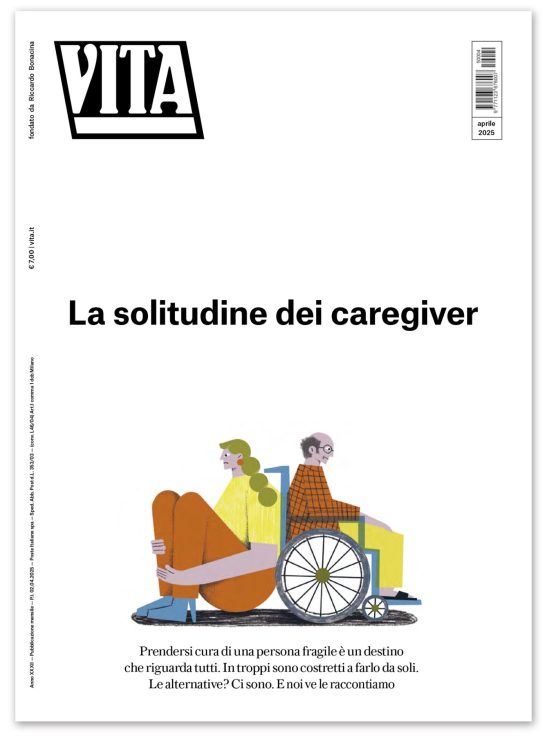Sweden is the first country in Europe to adopt a law on the right of citizens to choose their welfare service provider: the public, the private or the non-profit sector. The bill is still picked up by the State with taxpayers money.
The Law on Freedom of Choice outdoes the previous law on public contracts, which was solely based on the principle of the lowest bidder. The proposed law obliges the Swedish municipalities to certify all service providers that fulfil some basic criteria and then inform the public about the full range of available providers. It will be up to individual users to choose the provider that they favour. All services will continue to be paid for by the public (Sweden is the country with the highest social protection expenditure – 32.0% – in relation to GDP throughout the EU25, Iceland, Norway and Switzerland; data for 2004; source: www.scb.se), but its political control will be reduced by the choice of individual users.
Out of all of Europe’s countries, Sweden is the one that least seemed to need a third sector. Its welfare state actually works, accompanying its citizens all the way from the cradle to retirement, weaving a protective web to catch you in case you fall upon hard times, into drug abuse or through a rough year at university. Its high quality social services are guaranteed at low cost, or even no cost, to almost everyone. And yet here comes the surprise: Sweden is the first EU country to make horizontal subsidiarity into law. Overnight the LOV (Law on Freedom of Choice) has come into being: on December 31th 2008 the population went to sleep knowing that 85% of Sweden’s social services are managed by the government and on January 1 2009 they woke up with the right to choose not only what kind of services are most appropriate to their needs but also who is to deliver the services to them. Public, private or non profit. The bill is still picked up by the State with taxpayers money.
Everyone is guaranteed this choice, from the most vulnerable and needy members of society entitled to specific services to healthy citizens in need of an eyesight check. A real shift in policy that was not imposed from above and yet that 186 out of 290 local authorities in charge of social service provision decided to embrace right from the start. What’s up in Stockholm?
Simple: the State has realised it needs the third sector as well as an ad hoc law that regulates the delivery and provision of public services on a different criteria to the one that has governed public service provision since the 1992 law based on the principle that “the lesser the management costs the greater the gain for the government”. In 2007 the public service provision law, that was viewed by most as being little more than a regulation of who was to organise waste collection, was modified, but services for the elderly or for minors continued to be marginal compared to urban development. From here on in was impossible for the non profit sector to have a say, let alone run for calls for proposals, in public service provision. Meeting the calls meant having a dedicated team to meet the strict requirements, with obvious consequences for the non profit sector: the profit sector always managed to bully its way into the welfare market without, however, being able to solve problems like unemployment, social reinsertion of drug abusers or people with disabilities, the housing emergency or immigration.
Civil society, which produces 5.3% of Sweden’s Gdp, began to prepare the ground for the coming welfare reform in 2006. It took two years to start seeing the results of their campaign, but when they came they came all at once. On October 23 the government presented a document drawn up together with the third sector, called the Compact, in which it not only committed to creating the conditions that would enable the non profit sector to enter into the welfare market but also to guarantee that the sector would not loose its freedom of speech and action. The LOV is approved only a few days later, a law that promises to create a national database of all those local authorities that accept to put the law into practice and of the criteria that private profit and non profit have to follow in order to deliver a public service. The objective? To facilitate the work of aspiring service providers, who will be able to appeal to a court if they do not win the contract, and the exchange of best practices between local authorities who can even enter into agreements with providers who are not active within their geographical area.
The beneficiaries of the reform? The vulnerable and the non vulnerable alike are made 100% responsible for their own welfare. The state continues to pay their social and medical services and local authorities certify their quality and standards and communicate all available services to their citizens, who are to then make the final decision.
17 centesimi al giorno sono troppi?
Poco più di un euro a settimana, un caffè al bar o forse meno. 60 euro l’anno per tutti i contenuti di VITA, gli articoli online senza pubblicità, i magazine, le newsletter, i podcast, le infografiche e i libri digitali. Ma soprattutto per aiutarci a raccontare il sociale con sempre maggiore forza e incisività.
